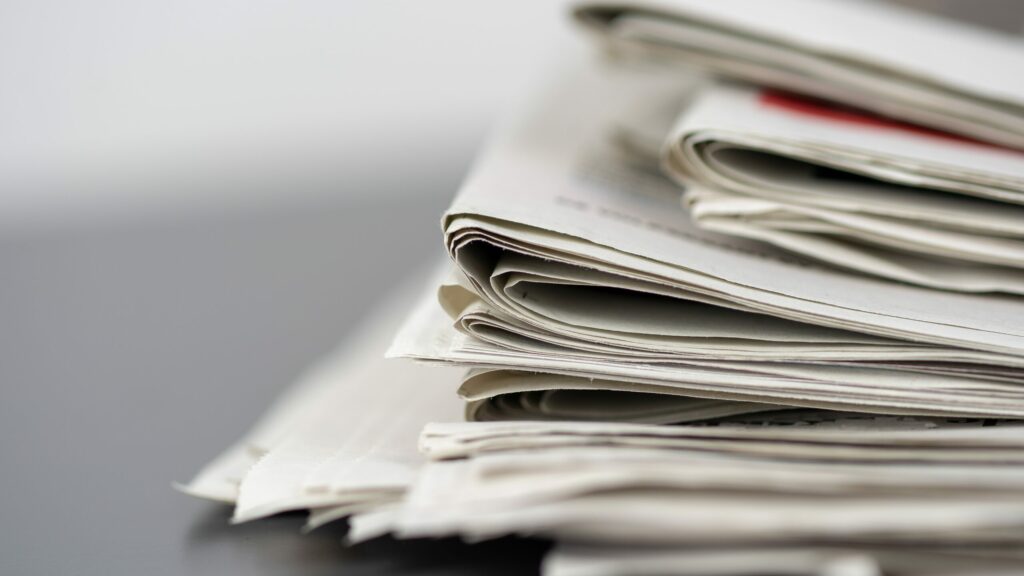
Previously we discussed what assets should be included in the “Fixed Asset” section of the balance sheet. Properly recording the assets results in a stronger balance sheet and also moves the assets out of the expense section of the Statements of Activities.
A properly prepared balance sheet will also include all of the liabilities of the organization. Short-term liabilities will include any payables (expenses that have been incurred as of the balance sheet date but not yet paid) and the current portion of any long-term debt. Typical payables will include credit card purchases, utilities and expenses for items purchased later in the month but not paid for until the next month. Payables also include any payroll and payroll taxes owed for the prior month.
Long-term liabilities include any loans and obligations that have a maturity date of more than twelve months, after an adjustment is made for the portion that is due in the next twelve months (the current portion referred to above).
Lastly, if the church has any restrictions on cash (either from donors or from the bank), the restricted portion should be shown separately.
We have provided a brief summary of what is needed to prepare a balance sheet for a bank under GAAP (generally accepted accounting principles). We recommend getting the help of a professional in preparing the statements and prior to submitting them to the bank.




